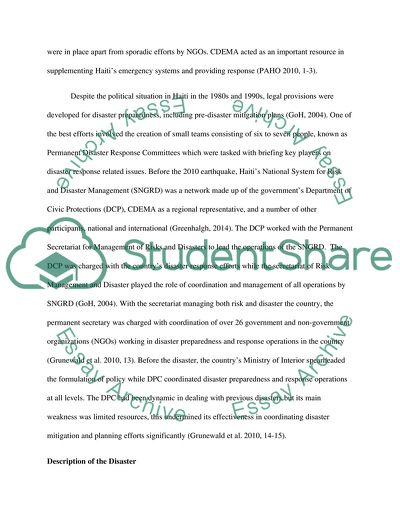Cite this document
(Disaster Management during Haiti Earthquake, 2010 Research Paper, n.d.)
Disaster Management during Haiti Earthquake, 2010 Research Paper. Retrieved from https://studentshare.org/history/1817905-haiti-earthquake-2010
Disaster Management during Haiti Earthquake, 2010 Research Paper. Retrieved from https://studentshare.org/history/1817905-haiti-earthquake-2010
(Disaster Management During Haiti Earthquake, 2010 Research Paper)
Disaster Management During Haiti Earthquake, 2010 Research Paper. https://studentshare.org/history/1817905-haiti-earthquake-2010.
Disaster Management During Haiti Earthquake, 2010 Research Paper. https://studentshare.org/history/1817905-haiti-earthquake-2010.
“Disaster Management During Haiti Earthquake, 2010 Research Paper”, n.d. https://studentshare.org/history/1817905-haiti-earthquake-2010.


